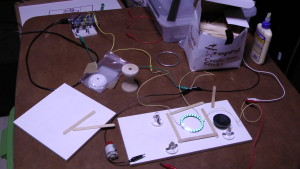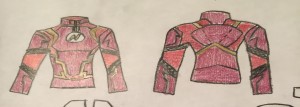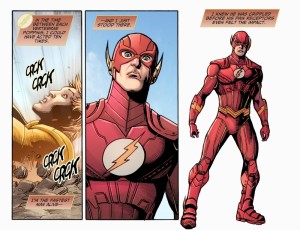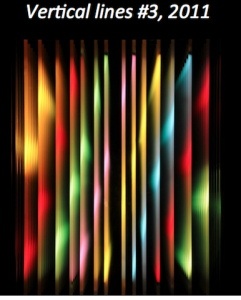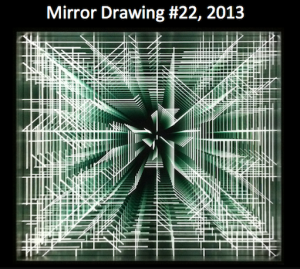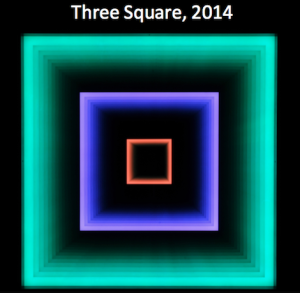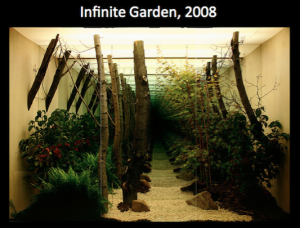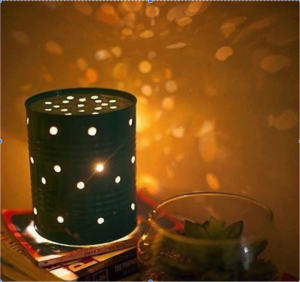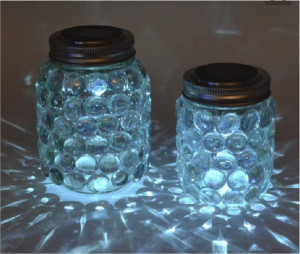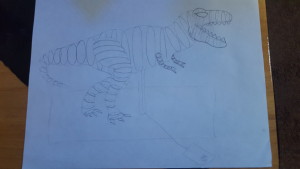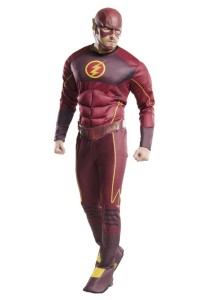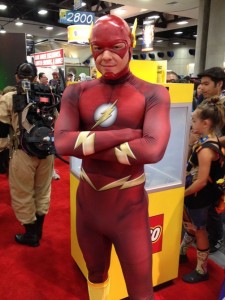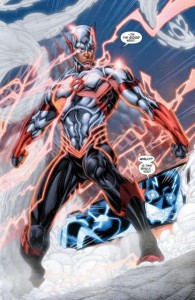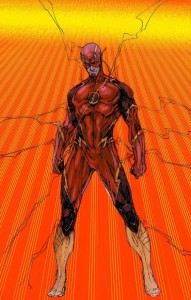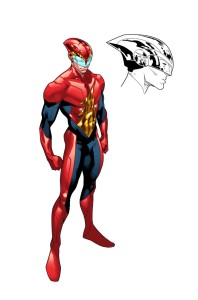The block diagram of the chosen project, glowing ferrofluid patterns, is shown below. First of all, Processing will be used to extract the FFT data of a playing music track and transfer the FFT data to Arduino. On Arduino Uno, the FFT data will be quantized into six different frequency bins and the averaged amplitudes of the six frequency bins will drive the six vibration motors. The arrangement of the motors and magnets under the petri dish containing ferrofluid will be a pentagon-like shape since most petri dishes come in circular forms. After all that is done, the last task will be to 3D print a fixture to hold the petri dish so that the magnet and motor matrix can be inserted under the petri dish without touching it.

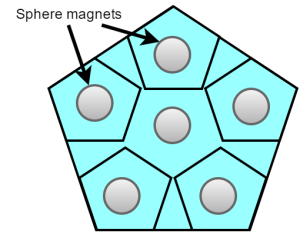

In the earlier version of the project proposal, it was proposed that nine motors will be used instead of six in order to add more freedom in the movement of the ferrofluid pattern; however, on second thought, the number of motors was reduced to six since an Arduino Uno that has six PWM output pins is already in possession. The physical shape of the magnets was chosen to be spherical so that the magnets can freely bounce and roll around within the confined pentagon shape when the motors underneath the magnets vibrate at different speed, resulting in more uniqueness in the change of magnetic field. Moreover, the vibration motors can draw up to 100mA at 5V full speed; therefore, it is required to have a separate power supply for the motors and this can be achieved by either using the power supplies in the ECE lab or purchasing a 5V battery for portability.
One challenge in the project is to design a medium between the magnet matrix and the motor matrix that will allow the sphere magnets to bounce around freely when the motors are vibrating. Since the motor discs are also made out of metallic element, the magnets will be sticking to the motors if a paper like medium is used. One way to resolve this challenge is to experiment the strength of the magnets as well as the attraction between the magnets and the motors and to even use a magnetic shield foil as the medium if necessary.

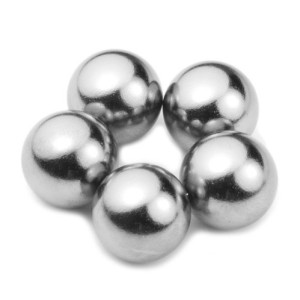
Up to this point, all the necessary items in the following list have been purchased and I am working on extracting the real-time FFT data of a playing music track using Processing. The next step will be to get the communication between Processing and Arduino up and running with the FFT data.
Shopping List
- Ferrofluid – 2oz
- 6 Sphere magnets
- 10 Glow sticks
- 6 Mini vibration disc motors
- Petri dishes

